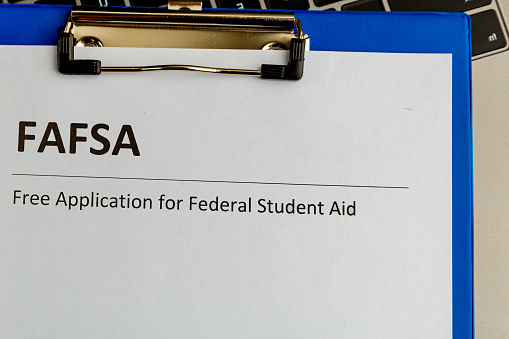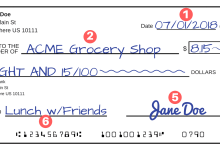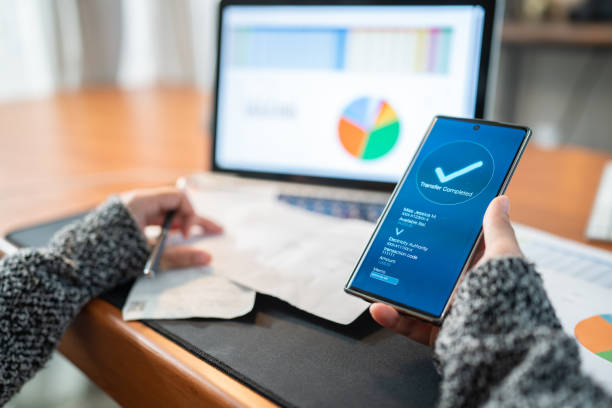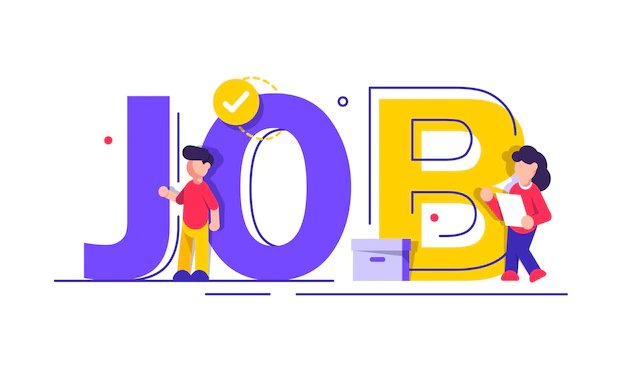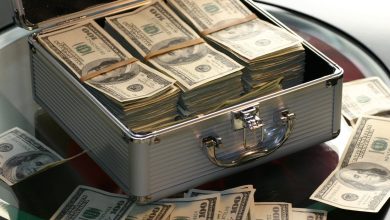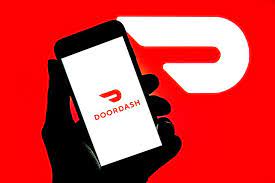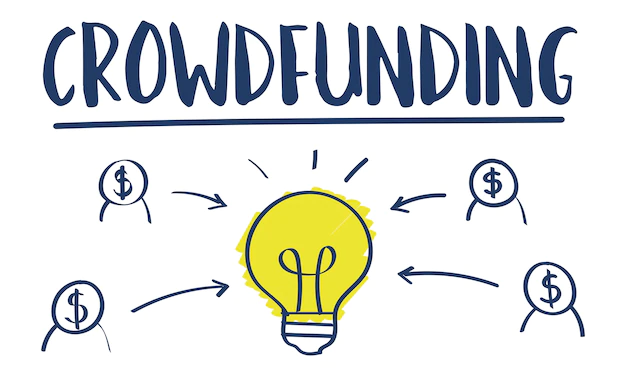How To Get Out Of Debt Fast
Being part of our discussions, let’s use today to explore how you can get out of debt faster than you though possible.
Before you can begin repaying your debt, you must be earning a profit. Unless your income exceeds your expenses, your debt is actually increasing. If you’re continuing to add debt, or if you’re only able to make minimum payments, you must first find ways to spend less and earn more until you have a positive “saving rate”. (Both businesses and people earn profits. But when individuals earn a personal profit, we call it “savings”.)
After you’re earning a personal profit, you can (and should) make debt elimination a priority.
This Why You Should Pay Off Your Debt
Debt repayment can improve your credit score, meaning you’ll pay less on everything from rent to car insurance to future borrowing needs. Plus, debt reduction is one of the best returns you can earn on your money.
Investing in the stock market provides an average annual return of about 10% — but that return isn’t guaranteed. Some years the market is up 30%, but other years it drops by 40%. When you pay down a credit card, you earn a guaranteed return of 20% (or whatever your interest rate is). That’s tough to beat.
There are also non-financial benefits to paying off debt, including:
Simplicity. The more debt you have, the more bills you have. It’s easier to manage your money when you have a simple, efficient financial infrastructure. Each time you pay off a debt, you move one step closer to this ideal.
Cash flow. Whenever you eliminate a debt, the money formerly used for that monthly payment becomes available to pursue other goals – including fun stuff like ski trips and knitting supplies.
Freedom. When you have monthly payments to meet, you’re chained to your job. You’re unable to take risks. Once your debt is gone, a wider range of options becomes available to you.
Peace of mind. Best of all, once you’re debt-free, you can sleep easier at night. You’ll put less pressure on yourself, and you’ll have fewer fights about money with your partner.
When I first tried to get out of debt, I lacked a system. Without a plan, I sent extra money to one credit card and then another. As a result, I never seemed to make any progress.
This How To Get Out Of Debt Fast
Stop Acquiring New Debt
This may seem self-evident, but the reason your debt is out of control is that you keep adding to it. Stop using credit. Don’t finance anything. Cut up your credit cards.
That last one can be tough. Don’t make excuses. I don’t care that other personal finance sites say that you shouldn’t cut them up. Destroy them. Stop rationalizing that you need them.
You don’t need credit cards for a safety net.
You don’t need credit cards for convenience.
You don’t need credit cards for cash-back bonuses.
You don’t need credit cards at all. If you’re in debt, credit cards are a trap. They only put you deeper in debt. Later, when your debts are gone and your finances are under control, maybe then you can get a credit card. (I don’t carry a personal credit card. I don’t miss having one.)
After you destroy your cards, halt any recurring payments. If you have a gym membership, cancel it. If you automatically renew your World of Warcraft account, cancel it. Cancel anything that automatically charges your credit card. Stop using credit.
Once you’ve done this, call each credit card company in turn. Do not cancel your credit cards (except for those with a zero balance). Instead, ask for a better deal. Find a low interest credit offer online and use it as a bargaining wedge. Your bank may not agree to match competing offers, but it probably will. It never hurts to ask.
Establish an Emergency Fund
For some, this is counter-intuitive. Why save for an emergency fund before paying off debt? Because if you don’t save first, you’re not going to be able to cope with unexpected expenses. Do not tell yourself that you can keep a credit card for emergencies. Destroy your credit cards; save cash for emergencies.
How much should you save? Ideally, you’d save $1,000 to start. (College students may be able to get by with $500.) This money is for emergencies only. It is not for beer. It is not for shoes. It is not for a PlayStation 3. It is to be used when your car dies, or when you break your arm in a touch football game.
Keep this money liquid, but not immediately accessible. Don’t tie your emergency fund to a debit card. Don’t sabotage your efforts by making it easy to spend the money on non-essentials. Consider opening an online savings account. When an emergency arises, you can easily transfer the money to your regular checking account. It’ll be there when you need it, but you won’t be able to spend it spontaneously.
The Debt Snowball
With the debt snowball, you set aside a specific amount of cash each month to pay off the money you owe. At first, progress is slow. In time, however, you begin to make rapid progress, picking up speed like a snowball rolling downhill.
Step One
The first step is to make a list of your debts. For each obligation, include the balance you owe, the interest rate, and the minimum payment. Arrange the list so that the debt with the highest interest rate is on top. Next comes the debt with the second-highest interest rate, and so on, until you reach the final debt on the list, which will be the one with the lowest interest rate.
For instance, here’s the actual list of my debts from October 2004, ordered by interest rate:
Business Loan $2800 @ 11% ($30 min)
Home Equity Loan $21000 @ 6% ($100 min)
Car Loan $2250 @ 5% ($170 min)
Personal Loan $6430 @ 0% ($60 min)
I had $35,196 in debt and my minimum payments totaled $508 per month.
Step Two
Once you’ve listed your debts, decide how much you can afford to pay toward them each month in total. This should be at least the total of your minimum payments ($508 in the example above), and preferably more. In my case, I started by allocating $700 every month toward debt reduction.
Step Three
Now, for all of your debts except the debt with the highest interest rate, make minimum payments every month. Use the rest of the money you’ve allocated for debt reduction to pay down the debt with the highest interest rate.
The computer loan topped my list of debts with an interest rate of 15%. The minimum payments for the other debts combined to $460 per month. Under this plan, I’d then take the remainder of the $700 I’d allocated toward monthly debt reduction and apply it to the computer loan. Instead of making the $48 minimum payment, I’d pay $240.
Step Four
Repeat this process every month until the debt at the top of the list has been eliminated.
Step Five
Here’s where this method gets powerful. With your first debt defeated, you don’t use your improved cash flow to buy new things. Instead, you use the extra cash to attack the next debt on your list.
If I start by applying $700 toward debt each month, for example, I continue to apply $700 toward debt each month until all of the debt is gone. After the computer loan is retired, I focus on the business loan. Because the minimum payment on my other debts would be $430, I could funnel $270 to pay off the business debt every month.
When the business debt is gone, I’d then throw $370 per month at the home equity loan, and so on. Ultimately, I’d be left with a single loan: the $6430 personal loan at 0% interest. Every month, I’d apply all $700 to get rid of this debt.

